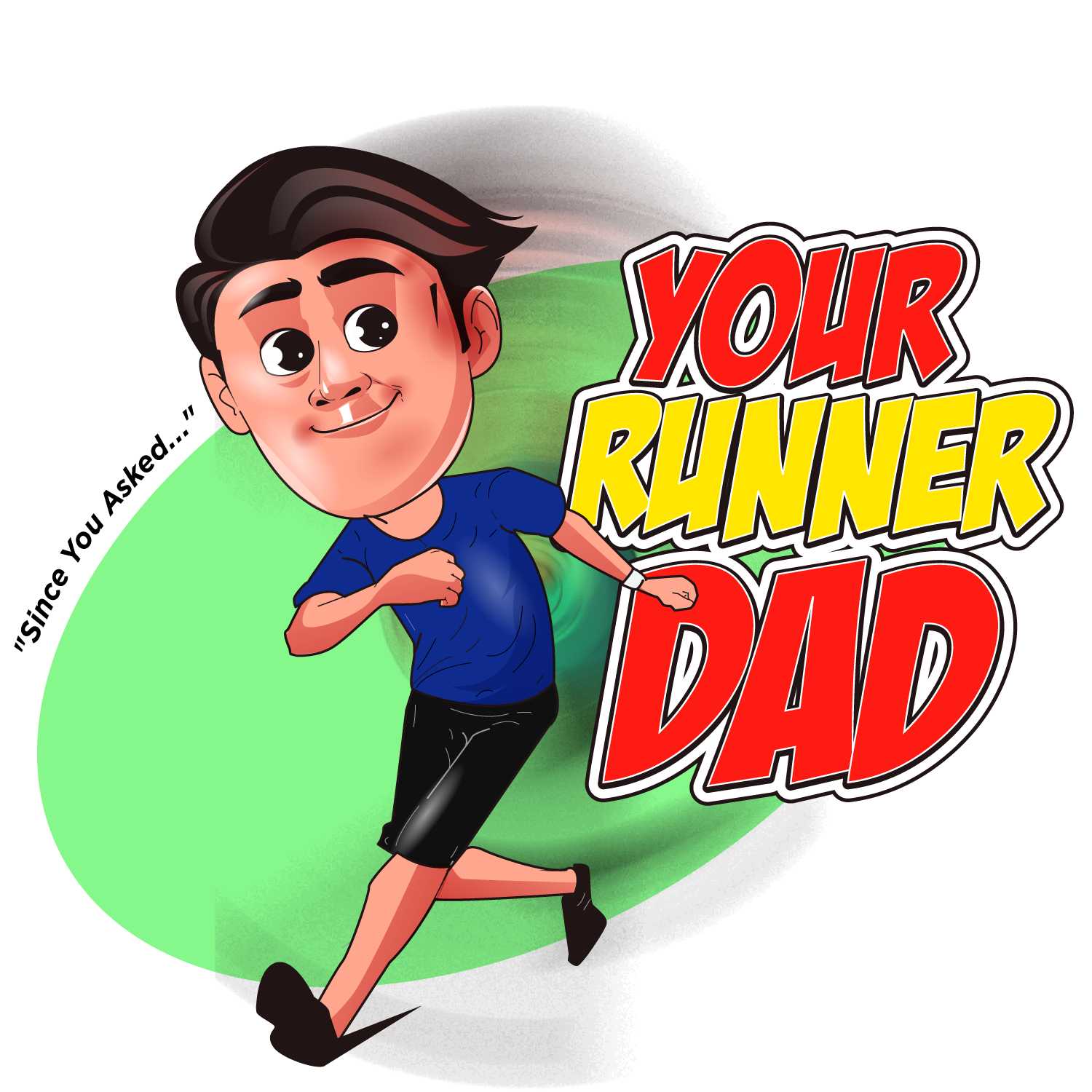Triathletes Fuel to Train
- Triathletes Fuel to Train - September 15, 2015
My mental profile selfie is of a mom who trains and races marathons and Ironman Triathlons as a hobby. Still when it comes to nutrition for training for an Ironman Triathlon “fuel to train” has become my mantra.
I’ll admit this was a shift in attitude toward food for me as I transitioned from a marathon runner and short course triathlete to training for an Ironman Triathlon.
An Ironman Triathlon consists of a 2.4 mile swim, a 112 mile bike ride and a 26.2 mile marathon run at the end. It is a long race. I’ve completed three Ironman Triathlons and will tackle my fourth, Ironman Florida in November. Ironman races take about 24 weeks (6 months) to prepare for. At the beginning of training for my first Ironman race a huge shift happened where I was consumed by hunger. I was waking up during the night because I was hungry.
I had been participating in endurance sports since I was in my 20s when I ran my first marathon. I thought I had a reasonably healthy diet and understanding of how to fuel for endurance sports. But like many people one of the reasons I love endurance sports is that training for marathons and triathlons did pretty much mean I could eat what I wanted. I did that. I ate what I wanted pretty much whenever I wanted. Training for an Ironman Triathlon was an adjustment.
I realized that I had some learning to do when one day driving home from a bike workout (that was all of 2 miles from my house) I stopped half-way home (1 mile) to buy a salad. I then drove the 1 mile the rest of the way home and ate that salad sitting in my car in my driveway because I simply was too hungry to walk the 30 feet inside to my kitchen table where I could eat like a grown up. Then I went inside and made my lunch which I also ate.
Friends never discuss religion or politics … or nutrition, right?
If you ask 20 triathletes training for an Ironman how they fuel you could get 20 different answers … and they’d all be correct. Some people are vegans or gluten-free or paleo and it all works. But people can be really emotionally attached to their eating philosophies and I understand it. I’m going to tell you a little bit about what I eat but understand that what I’m sharing is just what works for me and not a statement of what you should eat.
I am not a nutritionist but I’ve worked closely with my personal physician over the past few years to learn how to fuel my body properly. My personal approach is to eat real food whenever possible. When I say real food I mean whole foods that are unprocessed. So for example for breakfast I’ll eat oatmeal, eggs, fruit and sometimes bacon. Lunch is usually big salad with sliced chicken breast. Snacks are usually yogurt and fruit or a baked sweet potato. Last night dinner was pork chop, brown rice, corn on the cob and homemade cole slaw, oh and strawberries.
The big change that I’ve made over time was that I began to look at every meal and snack as fuel rather than just calories – stuff to fill my belly. Each part of my plate I now look at to say okay here are some carbs, here’s some protein and here’s some fat. During peak training I might spend 2.5 hours most days training with a longer block of 6-8 hours each day on the weekend for a total of 17-20 hours exercising in a single week. It takes a lot of fuel to keep that up – there’s no way around it.
During those peak weeks it’s a joke in my house that you have to protect your food at the dinner table or else I’ll eat it. I’m not kidding. Once last summer at a restaurant I was absent-mindedly eating more than my fair share of food. Embarrassingly at the Rain Forest Cafe madhouse my kids blurted out, “Daaaaad, tell Mom to stop eating our food!” My husband who is very supportive and well trained took it all in stride. He quickly ordered more fries for the kids and more food for hungry iron-mommy.
Another big thing I have learned from my coach, doctor and a dietician was about timing my meals. As a runner I would normally just run on an empty stomach and then grab a bite to eat later. Other than my long run on Saturday my workouts were pretty easy to do without pre-planning. Occasionally for a mid-week long run I’d need a gel or two during the run but I don’t remember it being a production. A lot of the workouts for this long Ironman triathlon take over an hour so I have gotten into the habit when I make my workout schedule of thinking okay when am I going to eat before and after this workout? I also learned that I really had to fuel a day or two before my big workouts to be able to do the workout and recover quickly. So if I have a 6 hour bike on Sunday I’m already thinking about that when I’m eating on Friday.
What’s hilarious to me is that during training and racing my “whole-food” approach to eating disappears almost completely. Almost everything I eat during training and racing is highly processed and customized for eating while exercising.
But that’s really another discussion as this one has already gotten much too long. Thanks for reading. Happy training.


Great article Amy! Funny when I asked you how you eat to recover so quickly I had no idea you were guest posting on fueling. 🙂